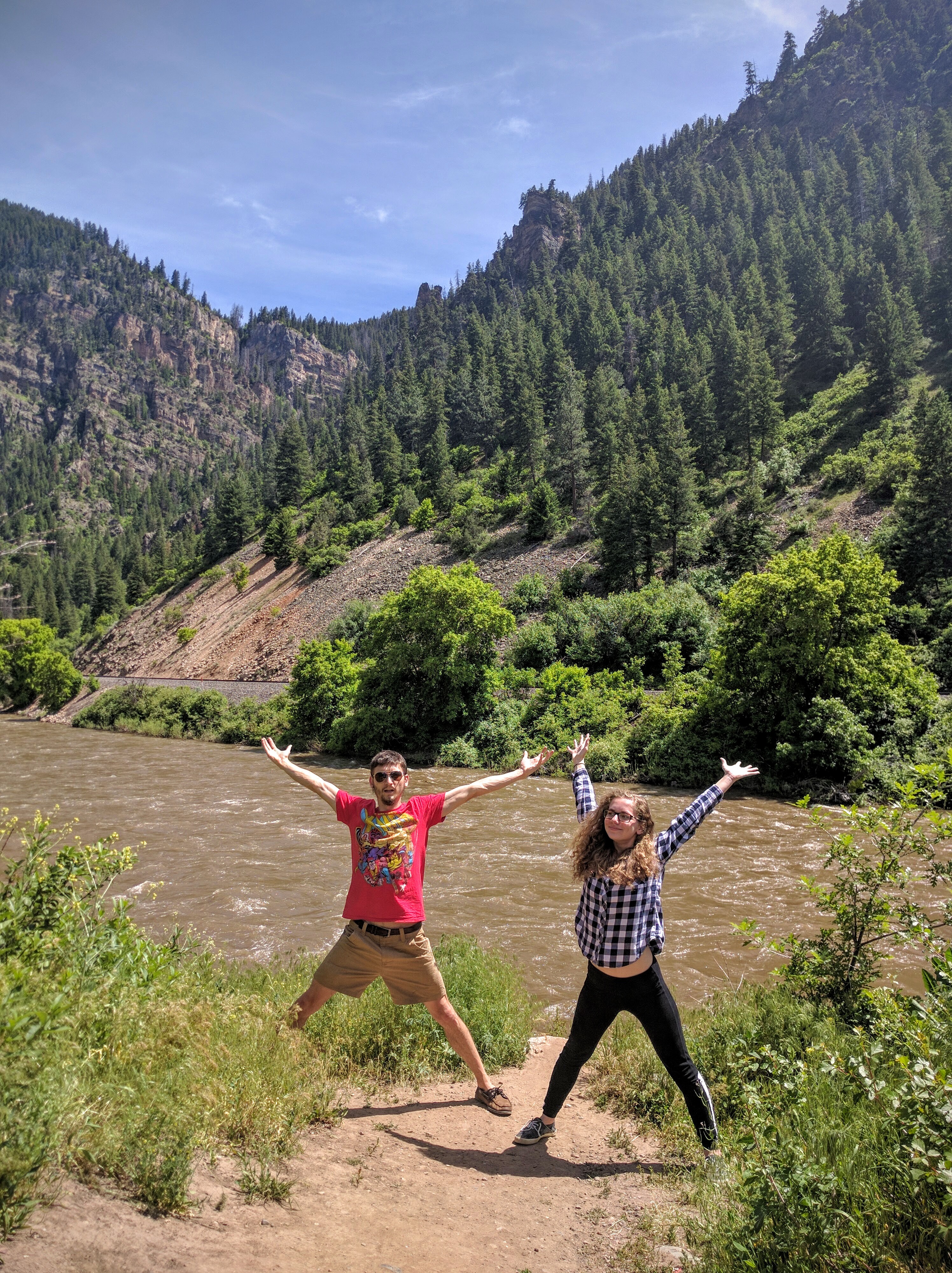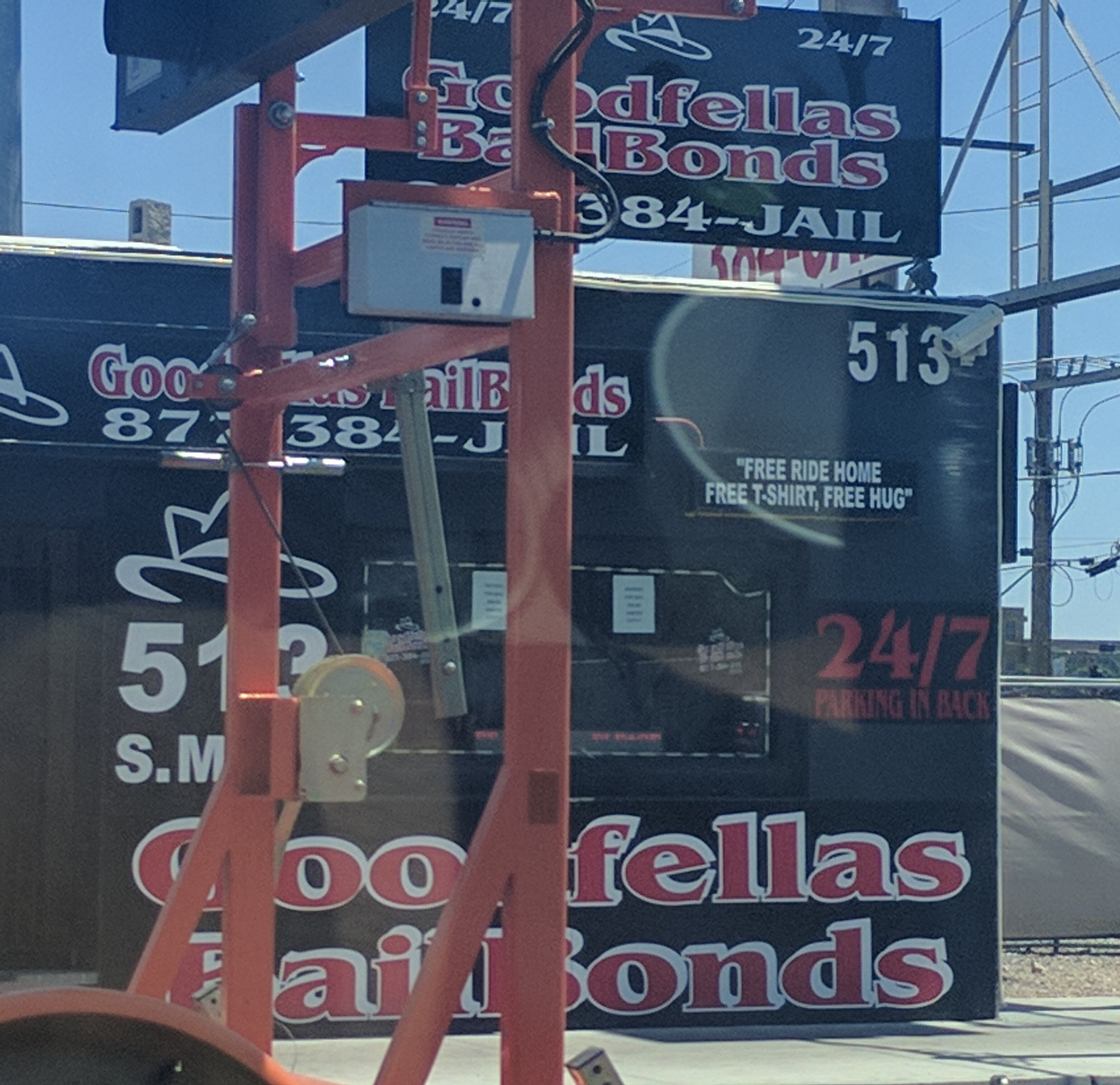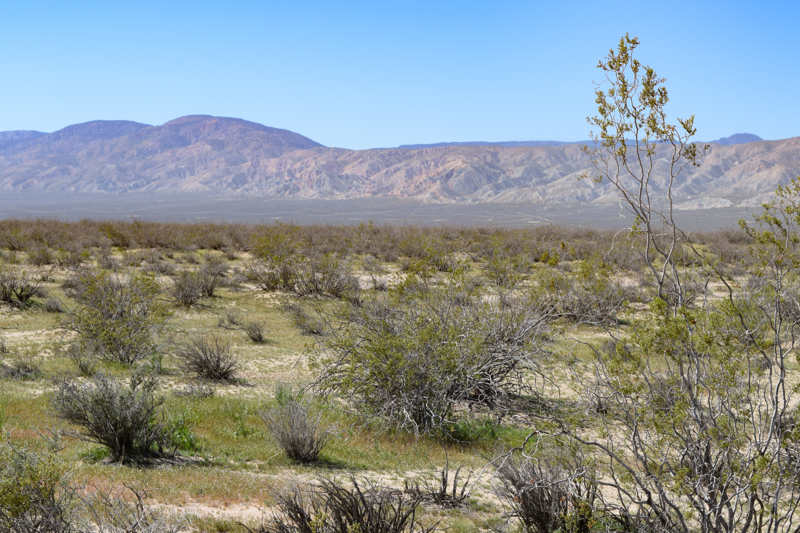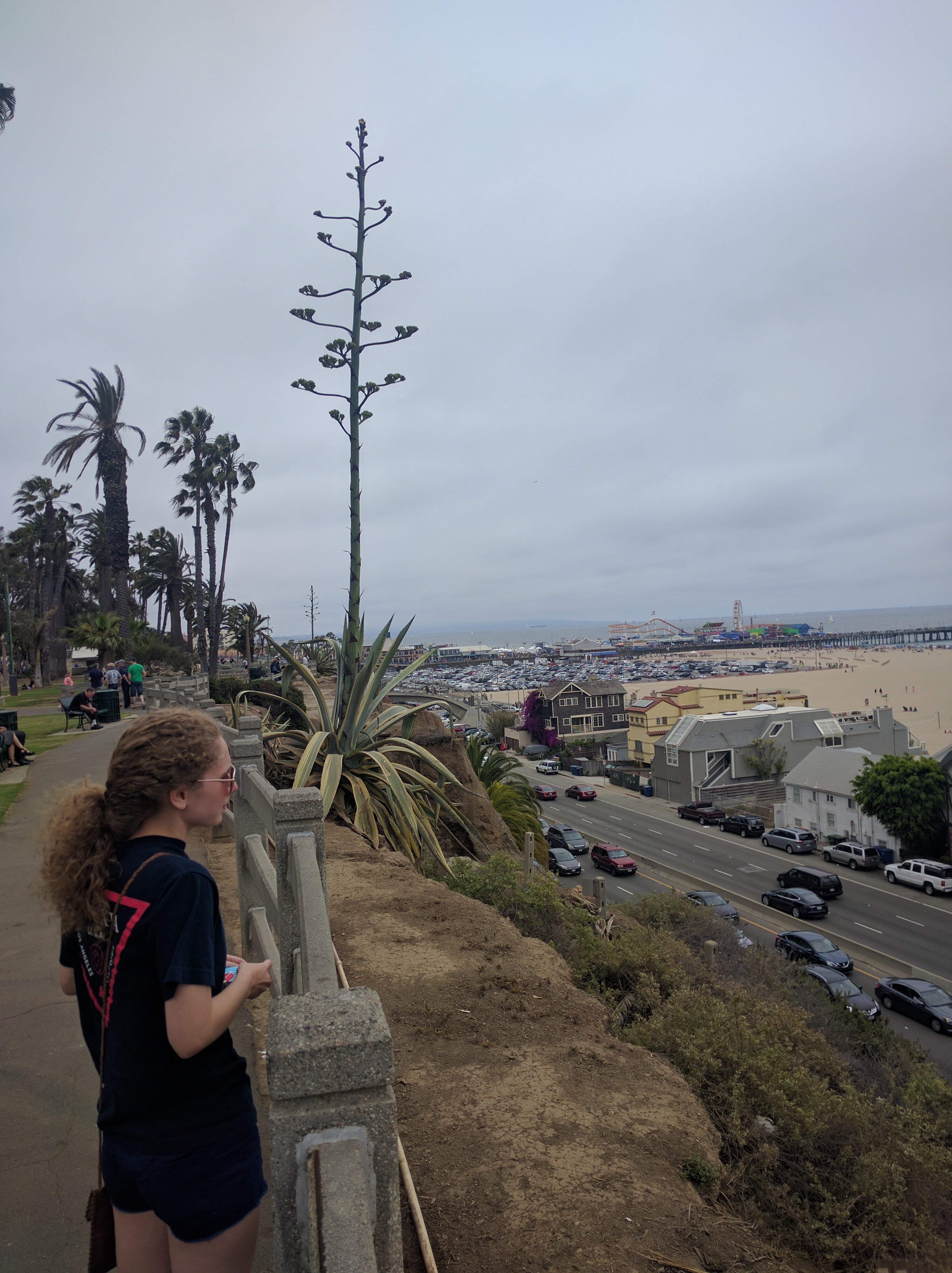Last week, Deborah and I drove to Los Angeles. It's about a thousand miles from Colorado Springs. But it's over a thousand miles closer than it is from Chattanooga, so it didn't seem as long. Plus, I clocked in the thousand mile mark between finals and graduation by going from Chattanooga to Memphis, then Johnson City and back to Chattanooga. Then again from Chattanooga to Colorado Springs the following week. What's another two thousand miles to see the Pacific? The first five hours takes you to Grand Junction near the UT-CO border. The Rockies separate the western side of the state from the east, so those five hours are dense with geologic novelty. Most of all, I-70 between Denver and Grand Junction presents some of Colorado's most salient topography in only a few sweet hours.



Oh, and we stopped in Las Vegas for a couple of hours. Color me unimpressed! I didn't get any snapshots of the city, only this one that offers free hugs to anyone that calls to get bailed out. The fountain in front of Caesar's Palace that was featured near the end of The Hangover was way smaller than they made it look in the movie. It was a hundred-fifteen degrees and I didn't plan to gamble or drink, so there was little point to stay longer. I paid too much for some mediocre Mexican food and we got back on I-15 to southern California.

We camped one night in the Mojave. Just east of the Sierra Nevada foothills, this area seemed to have two plant species only: a small, dry grass with wheat-like flowers and a scrubby bush called creosote, Larrea tridentata. At night the temperature dropped to a very comfortable level, but the wind picked up suprising force. During day it was occasionally breezy. At nighttime, sporadic gusts threatened to blow the tent in. There is something beautiful about the desolation of the desert: it's spaciousness and boundless skies; the hardiness of its few inhabitants, and their resilience to withstand the harshest conditions. But it wasn't just a sightseeing detour, this was also a botanical mission. A class I took in spring got me really interested in alternative methods of agriculture. Then I saw desertification of soils in Chattanooga and Kansas, which got me thinking about desert soils. So I gathered four gallons of Mojave soil (legally; don't go digging where you aren't allowed) to take home and try in a few planters.
There are already a few people specializing in desert farming. The food fetches an ultra-premium in the organic market, too. Dehydration supposedly results in a higher proportion of flavor compounds in tomatoes, for example. At any rate, plants can grow in the desert when their roots are deep enough to tap a hydrated layer of earth. The topmost layer of sandy earth insulates water in that hydrated layer from evaporation. In this area of southern California, rainfall only occurs during the winter months and averages about six inches annually. But around the small towns, human-introduced plants were more plentiful than their wild counterparts. With and without irrigation, many foreign plants found a home here. I saw forty-foot palm trees growing at what seemed to be an abandoned service station in Death Valley. When the sun got too hot, we got in the car and took the interstate to L.A.

Los Angeles is cool. Los Angeles is always cool. What I didn't expect though, was for it to be literally cool. Two hours' drive from the Mojave dropped the temperature by more than thirty degrees. Rain-shadow deserts and ocean breeze. It's a refreshing movement. Deb and I had barely stepped on Ocean Ave. when we saw a crowd forming.

Sen. Bernie Sanders was campaigning for the California primary. People were really excited. He went into the carousel building on the pier and the crowd dissipated. We put our feet in the water, walked the beach, and looped back to the car to explore other parts of Los Angeles. It was great to be back in California, even though it was just a very brief visit. I want to go back for longer. Get a place out there. Grow some desert vegetables.
